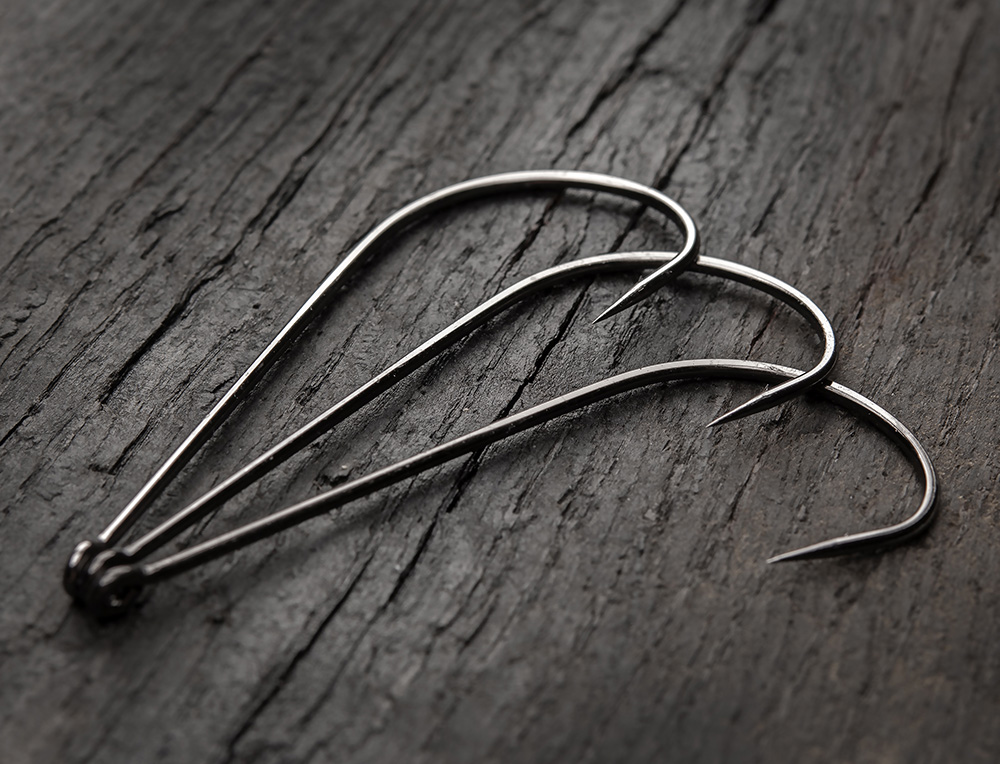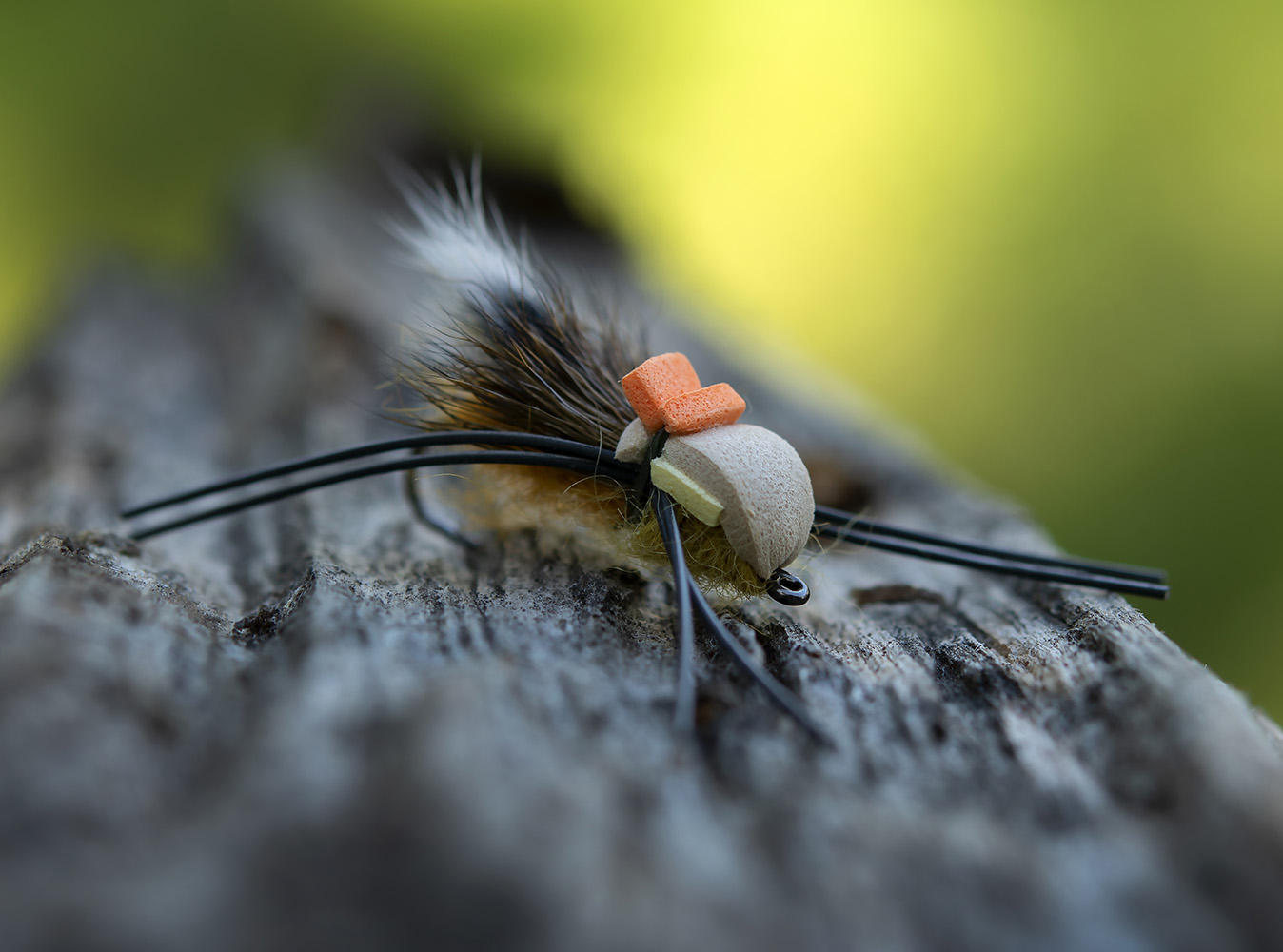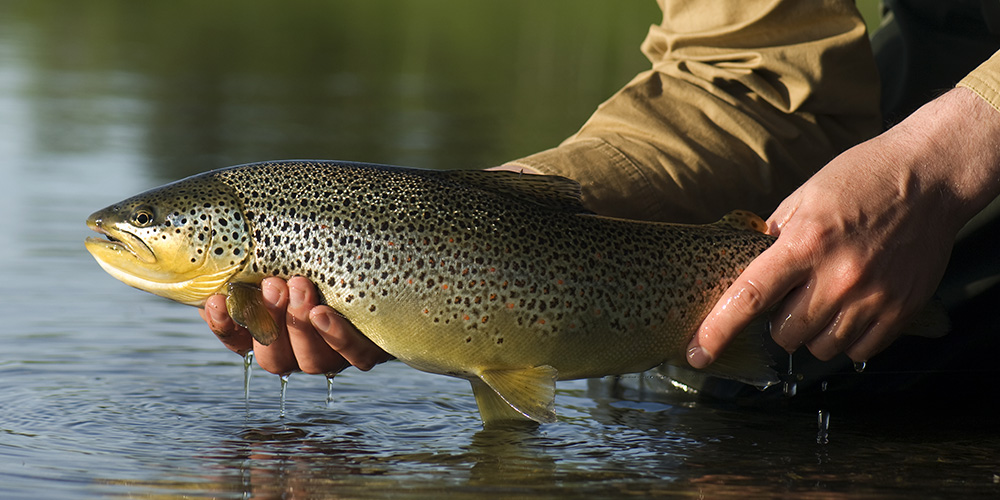
We are well on the way to having what we consider a full line of hooks (although we’re probably not done yet). We have most species covered and we believe we have a broad selection of both general and specialist hook designs. Dry flies, wet flies, saltwater flies (both cold and tropical saltwater), pike, salmon, tubeflies, streamers – what ever your mojo, we’ve got you covered.

But not all hooks are created equal and some hooks have a very narrow spectrum of use, some are very general and some are somewhere in between. Take for instance the NS 110 and NS 115 in the Nordic Salt-series. To begin with these are sort of a hybrid between and classic streamer hook, and a shorter wetfly hook. The proportions are more like a wetfly hook’s when it comes to hook gape vs. shank length, which gives are larger hook gape than a classic streamer hook. And in the case of the NS 115, the wire is also heavier than both the NS 110 and the classic streamer hooks, NS 118. And we of course believe that every one of these has its place in the world, but we also want to remind you that even though we placed them in the Nordic Salt-series, they do just as well in freshwater. If you think a particular hooks suits a particular need of your’s, or a particular design, don’t pay too much attention to the hook’s name or which series the hook belongs in.

Another perfect example of this is the NS 172 Curved Gammarus. The hook is of course given that name, because we believe that the hook is shaped perfectly for gammarus imitations (again both for fresh- and saltwater, even if the hook is found in the Nordic Salt-series). But the FW 520 isn’t a bad choice either when it comes to tying gammarus. And already in the test phase, we received baitfish imitations tied on the NS 172, and it wasn’t long after the release when we began getting requests for even larger versions of this hook. We of course listened, and released the NS 172 in size 1 and 1/0, which of course make absolutely no sense in terms of imitating gammarus, but they are awesome for larger baitfish imitations for perch, pike, sea trout etc. Just another example, where you shouldn’t pay too much attention to the name we’ve given the hook. Not least because it’s also becoming popular has a single hook behind hard lures too. It just didn’t make sense to move these out of the NS 172-range based on size alone.

There’s always a core of common sense in the names we give our hooks. For instance, the FW 506 – Dry Fly Mini only comes in #18-22 (and although the NS 172 comes in sizes that makes no sense for gammarus, we can assure you that we’ll never produce a FW 506 in #2). Like wise with the FW 502/503, which we call Dry Fly Light. Compared to our FW 500/501 Dry Fly Traditional, the name indicates that this is a light wire hook. This does of course mean that the hook is bent from a finer wire, resulting in a lighter hook (which of course is good for floatation), but also obviously results in a hook that’s not as strong as the FW 500/501. Not that you can’t land big fish on it – you can, but you must adapt and fight the fish with a softer hand, because you can bend it, even on a relatively thin leader. So unless you need very sparse flies that don’t float too well to get in contact with large trout or grayling, maybe use the 500/501 instead (or downsize your tackle to suit the fine wire hook).

The FW 530/531 Sedge Dry is another example of a hook with a name that indicates a very specific use, but apart from sedges it’s also well suited for other flies, for instance Danica-imitations.
There are plenty of other examples and I could carry on, but I suppose that what I’m basically trying to say is that you should simply use good, common sense when choosing a hook. Subsequently rely on the advice and experiences of friends and shop specialist.
